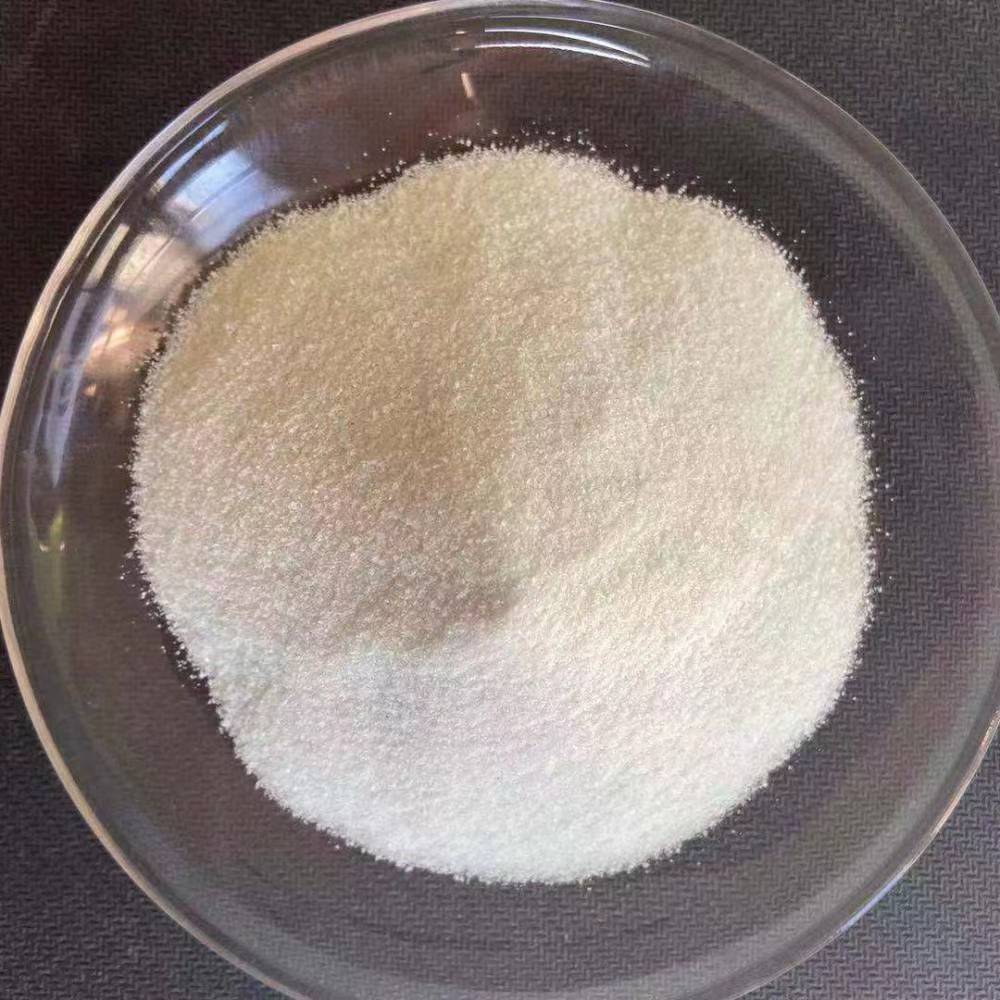Polyacrylamide is a widely used flocculant in water treatment and other fields. When dissolved in water, polyacrylamide forms a viscous aqueous solution. Although polyacrylamide is not a hazardous chemical, in practical use, minor situations may arise. For example, it may stain the skin or clothes, giving people a sticky and slippery feeling. This sensation can only be truly understood by those who have experienced it. In such cases, proper cleaning becomes crucial. So, how should we correctly clean polyacrylamide?
When cleaning polyacrylamide, you first need to determine the specific situation, and we can list some scenarios that may occur.

Ⅰ、How should I clean it if it gets on my skin?
There are several ways to clean polyacrylamide that comes into contact with your skin. Usually, the most intuitive and effective method is to rinse multiple times with water. Additionally, you can use household cleaners such as laundry detergent or soap to help remove polyacrylamide attached to the skin through repeated washing.
If water and traditional detergents cannot completely remove it, consider using a small amount of baking soda (soda ash) for cleaning. Baking soda is a weakly alkaline substance that can effectively neutralize and decompose polyacrylamide, making cleaning more efficient.
During any cleansing process, be sure to scrub gently to avoid irritating the skin. After cleaning, you can rinse it again with clean water to ensure that the remaining detergent and polyacrylamide are fully rinsed away. A gentle approach to skin cleansing can effectively safeguard personal health and comfort.
Ⅱ、How to clean it if it gets on clothes?
Polyacrylamide sticking to clothing can be cleaned using a simple and efficient method. Under normal circumstances, no special treatment is required. To ensure the cleaning effect, manual cleaning can be used.
First, soak the clothes stained with polyacrylamide in clean water and laundry detergent, preferably within an hour. This step is to give the polyacrylamide water molecules sufficient time to soften and break down.
After soaking, start rubbing the clothes repeatedly. During this process, you may feel that the water has become sticky. At this time, you can replace the water until the water and clothes no longer stick to each other.
If you find white residue on your clothes during washing, rinse them again with water to make sure all remaining material has been washed away.
Finally, hang the clean clothes to dry. Through these steps, you can effectively remove polyacrylamide from clothes and keep them clean and comfortable. Treating your clothes gently throughout the wash process will ensure that their texture and color are not damaged.
Ⅲ、How to clean polyacrylamide on the floor?
Cleaning polyacrylamide on the floor requires different treatment methods depending on its condition. For polyacrylamide powder that has not come into contact with water, it is best to wipe it repeatedly to ensure that the floor is clean. Because powdered polyacrylamide may not be visible when there is no contact with water or rainfall, but when it encounters water, it will turn into a large piece of sticky substance, making the floor slippery and very slippery. Easy to slip.
If polyacrylamide becomes sticky or sticky when exposed to water, it can be rinsed with clean water. In addition, you can also choose to use alkali or aluminum sulfate solution for flushing and cleaning, as polyacrylamide will degrade in acidic and alkaline environments.
When you wash polyacrylamide from your floors, be sure to use a safe cleaning agent and follow proper cleaning procedures. For mucus-like substances that have formed, rinse repeatedly until clean. Timely and effective cleaning can help prevent the ground from becoming slippery and improve walking safety. When choosing a cleaning method, environmental protection must also be considered to avoid unnecessary impact on the surrounding environment.
When using polyacrylamide, it may inadvertently come into contact with the skin and clothes, causing a sticky feeling. Although this is not a serious problem, users must have proper cleaning methods. Only by taking appropriate and quick cleaning steps can the user’s discomfort during use be reduced, thereby ensuring user safety. Therefore, cleaning polyacrylamide is not only part of the operating procedures but also a necessary step to maintain the health and safety of personnel.
